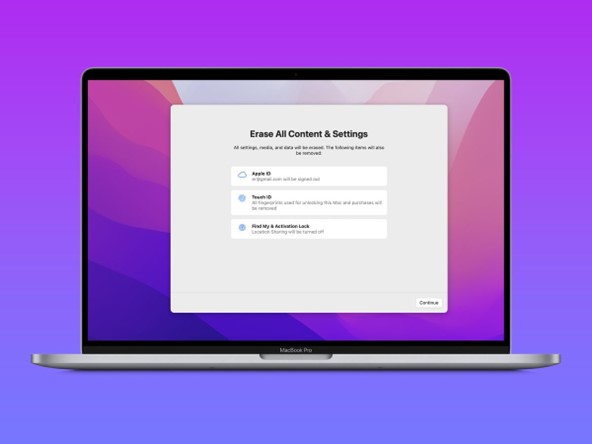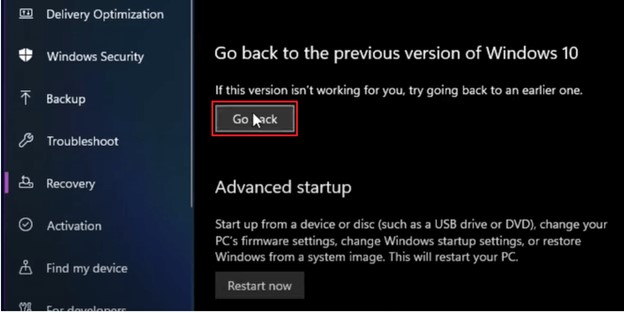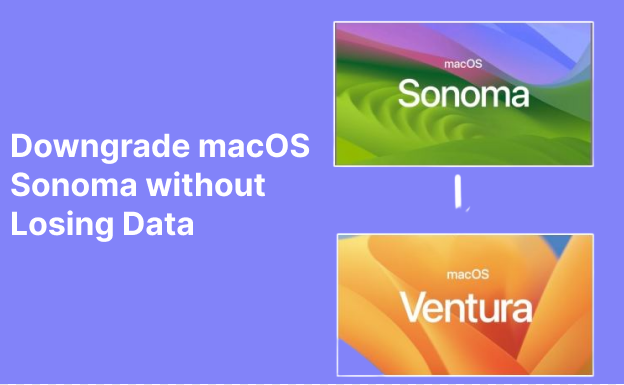How to Merge Partitions in Windows 10 without Losing Data?
How to merge partitions in Windows 10? Just download 4DDiG Partition Manager to merge partitions in Windows 10 or 11 without losing data.
Running low on space or tired of juggling tiny drives? Combing partitions in Windows 10 makes your adjacent partitions into one larger volume without losing a single file. With just the built-in Disk Management tool and other methods, it’s easier and safer than you might think.
In the sections below, we’ll walk you step-by-step through the most reliable methods for how to merge partitions in Windows 10 and get your storage organized once and for all. Let’s dive in!
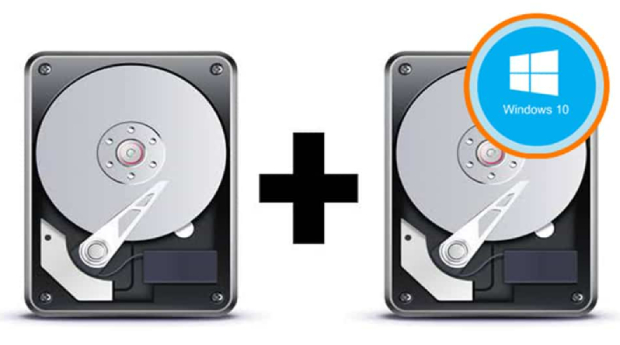
Part 1: When Should You Merge Partitions?
Most people only google “how to merge partitions” when Windows 10 finally pushes them over the edge, but it’s also important to know why should we combine partitions before diving into the tutorials.
- After a clean Windows 10/11 install or disk cloning: A fresh Windows 10/11 installation or disk clone frequently leaves the drive fragmented into 4–6 small partitions with unallocated space trapped in between, making efficient storage impossible.
- “Extend Volume” option grayed out: The built-in tool can only extend a volume when unallocated space is immediately to the right — the most common trigger that forces users to search how to merge hard disk partitions.
- Running Out of Drive Letters: Windows supports only 26 drive letters. Once they’re exhausted by multiple partitions, new USB drives can’t be assigned letters until you merge partitions and free some up.
- Inefficient Multi-Volume Storage: Large files and game/VM libraries no longer fit on tiny drives. Splitting data across multiple small partitions wastes time and total capacity — merging them into one big volume fixes it instantly.
Any of these conditions typically triggers the need to combine partitions in Windows 10/11, or learn how to merge hard disk partitions effectively.
Part 2: How to Merge Partitions in Windows 10/11?
Option 1: Merge Partitions Using Disk Management
If you would instead use the built-in tools, merging partitions is simple with Windows Disk Management. To merge partitions in Windows 10 with Disk Management, you need to delete the adjacent volume to create unallocated space on the right, and extend the volume by adding the unallocated space to it. Here are detailed steps:
-
To access Disk Management, right-click the Start button and choose "Disk Management."

-
To extend a partition, right-click on it and select "Delete Volume." Remeber to move important data to other partitions before deleting the volume, or you can use 4DDiG Windows Backup to backup the partition.

-
Right-click on the neighboring partition and choose "Extend Volume."

-
To merge the partitions, navigate the wizard.

Option 2: Merge Partitions with 4DDiG Partition Manager without Losing Data
If you are looking for an efficient answer on how to merge partitions in Windows 10 without losing data, 4DDiG Partition Manager is a useful third-party partition manage tool to merge partition.
Its important characteristics include:
- Merge partitions safely and without compromising data integrity.
- It has a user-friendly interface. Simple navigation is made possible by intuitive design.
- It is a quick process and in only a few clicks, it efficiently merges partitions without losing data.
- In addition to merging partitions, it can also help you resize/split/create/delete/format partitions to optimize disk space.
Follow the steps given below to merge the partitions:
-
Install 4DDiG Partition Manager after downloading it. Right click on the target partition that you want to increase its capacity and select "Merge".
FREE DOWNLOADSecure Download

-
Select the desired partition or adjacent unallocated space and preview the disk layout. Once you're satisfied with the layout, click OK to proceed.

-
A pending operation will be added to the Task List. Simply click "Execute 1 Task(s)" and select OK to proceed.

-
Merging partitions can be a time-consuming process, especially for larger partitions. To ensure the safety of your data, please do not close the program until the merging process is complete.

Enjoy the ease of using 4DDiG Partition Manager to merge partitions safely and effectively without sacrificing your essential data.
FAQs about Merge Partitions in Windows 10
1. Can I Merge Two Windows 10 Partitions?
You can use tools like Disk Management or third-party partition management software to combine two partitions with Windows 10. There are measures you can take to merge partitions without erasing data.
2. How Do I Merge C and D Drives in Windows 10?
In Windows 10, you can utilize the integrated Disk Management tool to combine the C and D drives. Make a backup of any crucial data first. Next, expand the C drive into the unallocated space, delete the D disk, and launch Disk Management. When making significant changes, always be cautious and make sure you have backups.
3. How Do I Combine All Partitions Into One?
Sequential partition merging is necessary to achieve the goal of combining all partitions into one on Windows 10. To execute this task efficiently, it's advisable to back up important data before proceeding with the procedure. You can utilize tools like Disk Management or third-party software, such as 4DDiG Partition Manager, to ensure a smooth and secure merging process.
Begin by extending the first partition, followed by deleting the specific partitions you intend to merge, and repeat this process until all partitions have been successfully combined into one.
This comprehensive approach provides users with a clear understanding of how to merge partitions on Windows 10 while emphasizing the importance of data backup and utilizing reliable partition management tools.
Final Words
By now you’ve seen exactly how to merge partitions on Windows 10/11. From the basic Disk Management trick to the effortless drag-and-drop power of 4DDiG Partition Manager, merging disk partitions has never been this simple or safe. In just minutes, you can turn fragmented drives into one big, clean volume and instantly recover tens or even hundreds of gigabytes. Always back up important files first, then follow the step-by-step methods above.
Secure Download
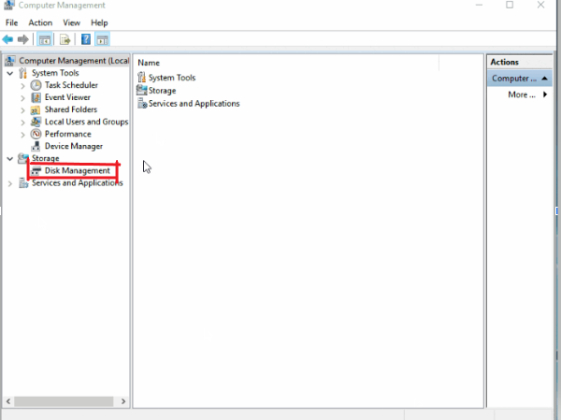


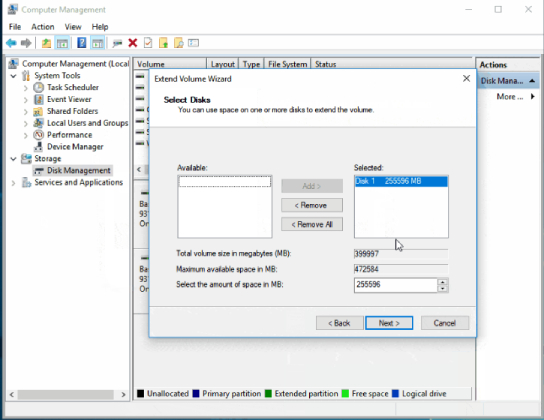




 ChatGPT
ChatGPT
 Perplexity
Perplexity
 Google AI Mode
Google AI Mode
 Grok
Grok

